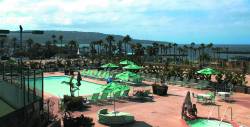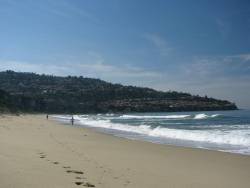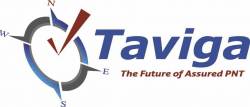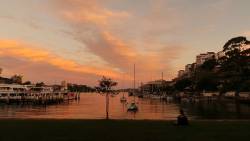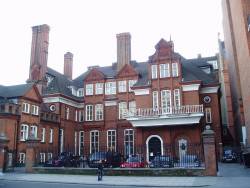ICG-11: International Committee on GNSS
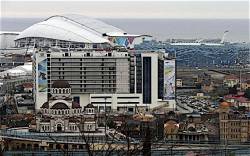
Russia will host the eleventh meeting of the International Committee on GNSS (ICG) from November 6 to 11, 2016 in Sochi, on the Black Sea near Georgia. This meeting is organized by Roscosmos, the State Space Corporation. It will take place at the Pullman Sochi Center Hotel and Conference Center.
The ICG is a voluntary United Nations–backed association that brings together GNSS and augmentation providers, including the United States, Russia, European Union, China, India, and Japan.
By Inside GNSS


